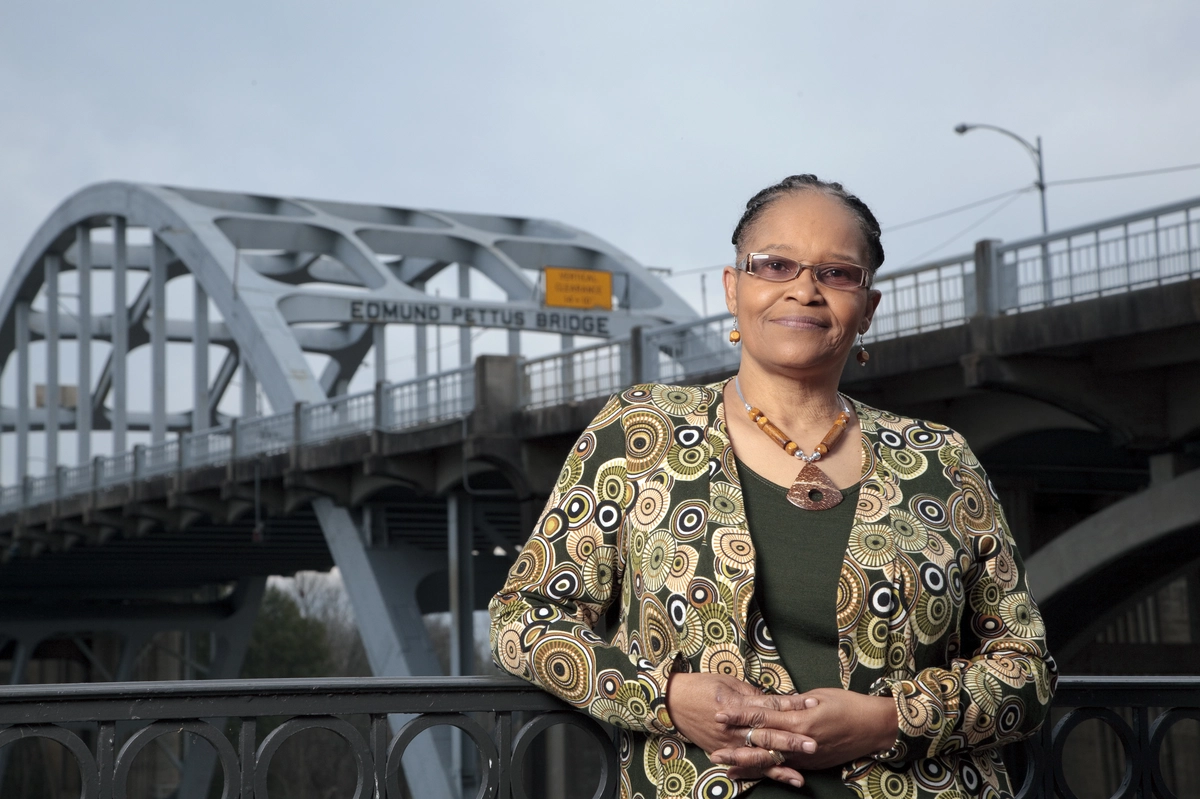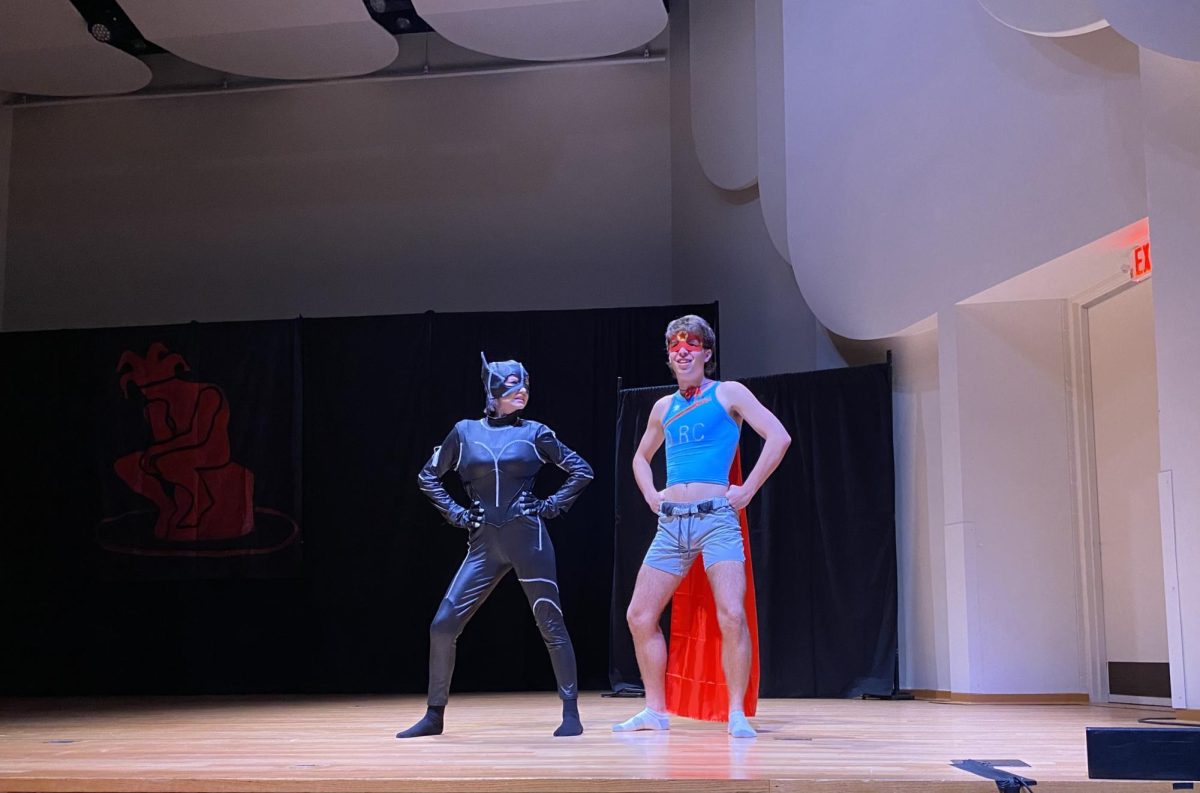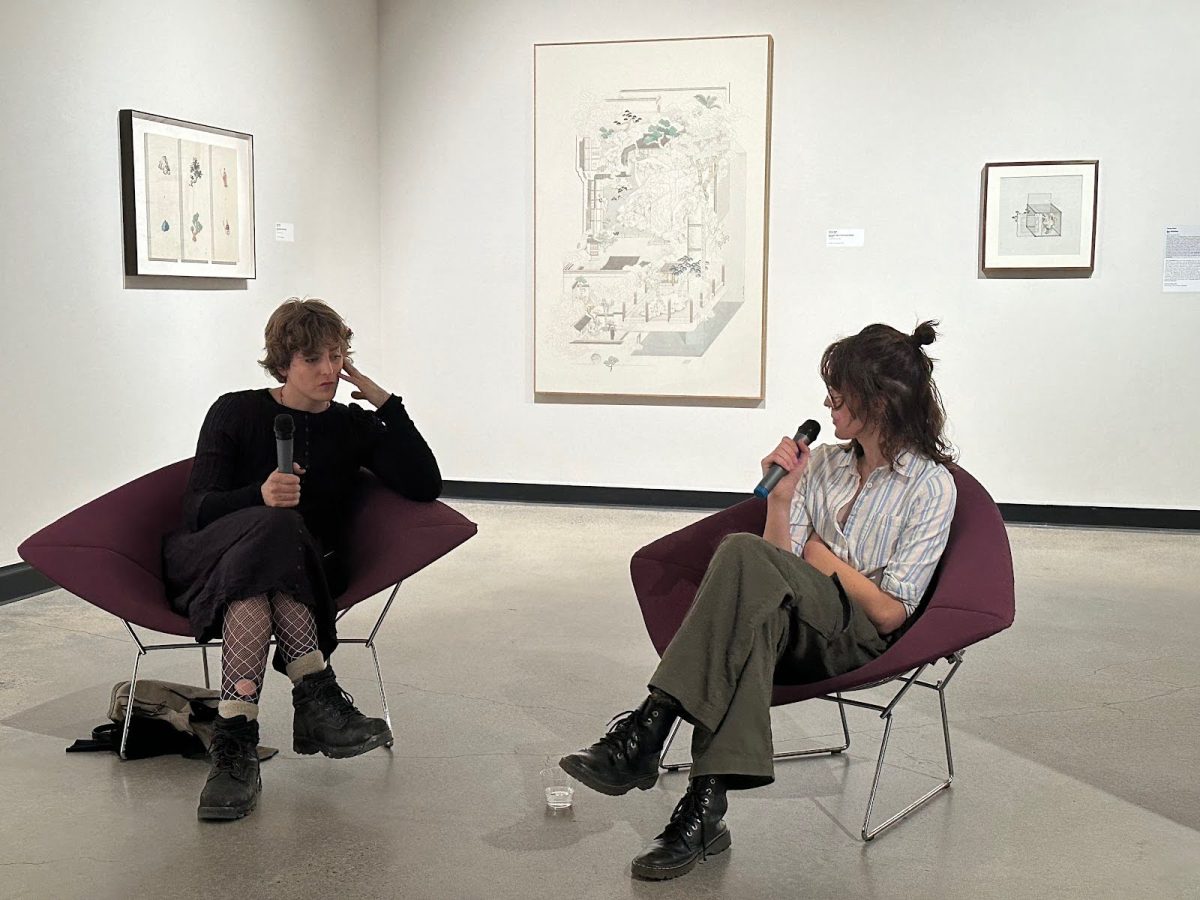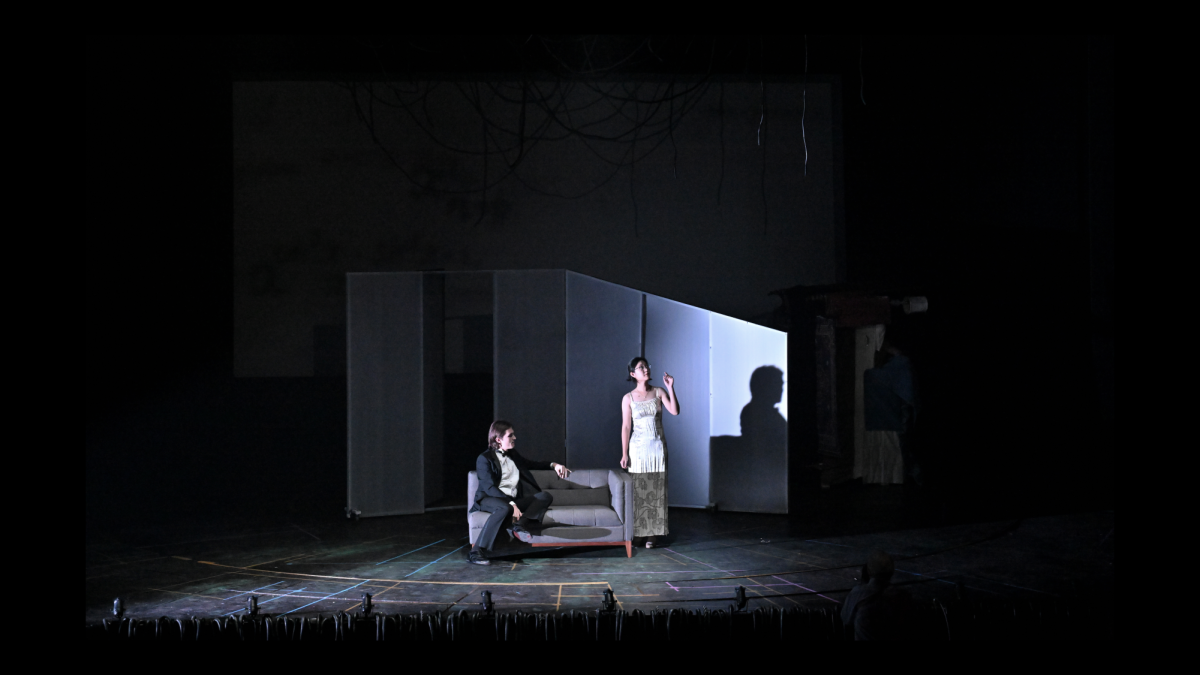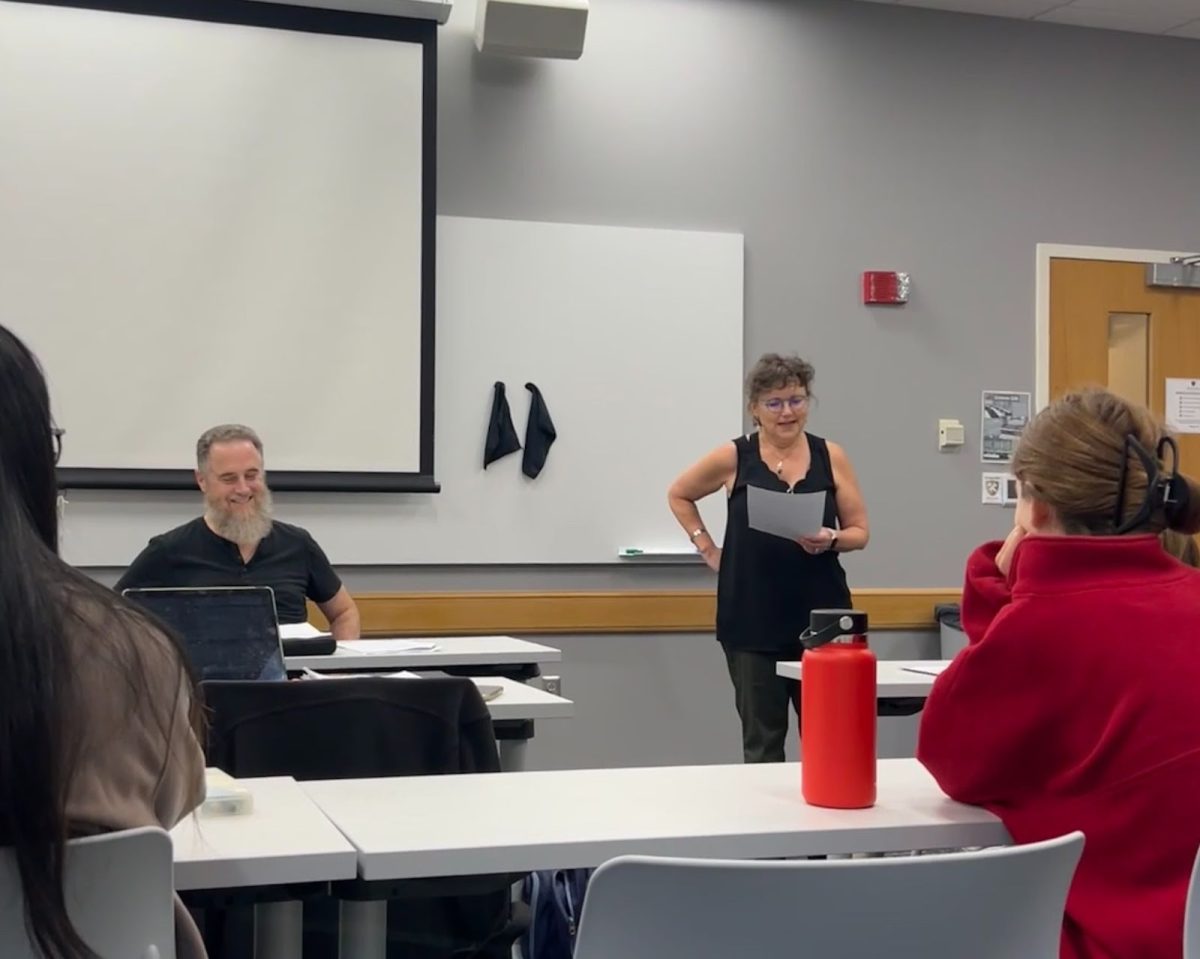I consider myself a pretty big musical fan — but never once had I heard the term “dramaturgy” until it was mentioned in relation to Wake Forest’s upcoming musical, “Turning 15 On the Road to Freedom.”
The show follows the real-life story of Lynda Blackmon Lowery, who turned 15 during the Selma March of the Civil Rights Movement. Not only is Blackmon Lowery still alive today, but she will be attending a performance of the show. With the subject of the show in attendance, and with the time period of the show often being misconstrued in American history, it is imperative that the story is authentically portrayed.
Dr. Brook Davis, a professor in the department of theater and dance, and Carly Galbreth, a freshman member of the dramaturgy team are behind the effort to give “Turning 15” its accuracy.
“One of the most important things that a dramaturg can do and one of the most important things in ‘Turning 15’ is research for the audience,” Davis said.
Both Galbreth and Davis emphasized that if a show contains cultural references the cast and crew do not know, it is the dramaturg’s job to research these references and subsequently educate others.
For “Turning 15,” Davis’ dramaturgy team is planning on creating an audience experience in the lobby, including items such as a map of the Selma March with important highlights of the journey. Davis is taking inspiration for the lobby exhibit from a play she previously put on called “The Normal Heart.” The play centered around the 1980s AIDS crisis, and while the audience may have known about the crisis, their knowledge was not likely to be personal or experiential.
“Most of our audience wasn’t even alive then, so we did a huge display all over [the] Scales [Fine Arts Center] lobby with timelines and all kinds of things,” Davis explained.
Galbreth spoke of a piece that she is crafting for the lobby display and how it aims to make audience members question society’s urges to rewrite history.
One of the locations along the Selma March was the Edmund Pettus Bridge, which is named after Edmund Pettus. Pettus was an infamous white supremacist and leader of the Alabama Ku Klux Klan. However, when many think of the bridge, they usually remember it in terms of the Civil Rights Movement, not Pettus himself. Recently, a push to rename the bridge was denied, and Blackmon Lowery was one of those against changing the name.
Galbreth used Pettus as an example of a “symbol of a white supremacist has become a symbol of black freedom.”
The lobby display will feature a poster about the Edmund Pettus Bridge, and audience members will have a choice to weigh in on their opinion regarding the name change.
In addition to this audience display, Galbreth spoke on the role of the dramaturgs in researching the music of the show. The music in “Turning 15” primarily consists of hymns from the Civil Rights Movement. Galbreth informed me that many of the hymns in the show have lyrics that changed throughout the movement.
For instance, when it was first written, one hymn in the show entitled “Up Over My Head” contained the lyric “I see trouble in the air.” However, Freedom Singer Bernice Johnson Reagon changed the lyric to “I see freedom in the air” when she performed the hymn at a church following her release from prison. Knowing these contexts helps the actors tap into the emotional state of their characters at the time the hymn was sung.
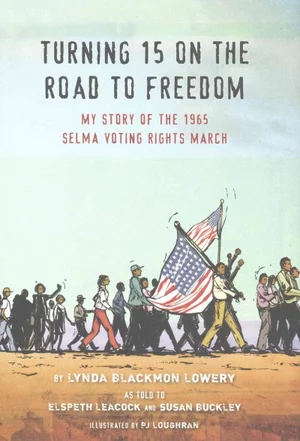
With Wake Forest as an institution of higher learning, it is even more important that “Turning 15” is told in its most authentic form — as many school boards across the country are changing curriculum surrounding Civil Rights or removing it altogether. Galbreth stated that efforts have been made to invite surrounding public schools to see the show and learn from the exhibit. They hope to supplement the education received in the classroom while showcasing the Civil Rights Movement through a wider scope.
“People a lot of the time think they know so much about the Civil Rights Movement, and through this research I have already learned so much more,” Galbreth said.
The research being done by the dramaturgy team is in effort for the audience to get as much as they can out of seeing “Turning 15.” Davis admitted that, often, when looking at the Civil Rights Movement, its heroes can be idealized into figures that we think could do anything, oftentimes making us forget how scary that time must have been. However, these people were human, and their endeavors required grit, bravery and struggle before their goals were achieved.
“Anybody can be a hero, but it takes a certain amount of guts, and it’s not easy,” Davis said. “I’m so grateful for all that they did, and I’m so honored I get the chance to help tell that story.”
Galbreth spoke on how she wants the audience to realize that, while this musical showcases a part of history, it is not exclusively rooted in the past.
“I want them to mainly take away that just because this happened 60-something years ago, it is still very prevalent,” Galbreth said. “Putting this on stage is a way to start conversations about it and remind people how recent this is.”
See the dramaturgy team’s work in the Scales Fine Arts Center Lobby and on stage Oct. 27th through Nov. 5th during the run of “Turning 15.”



